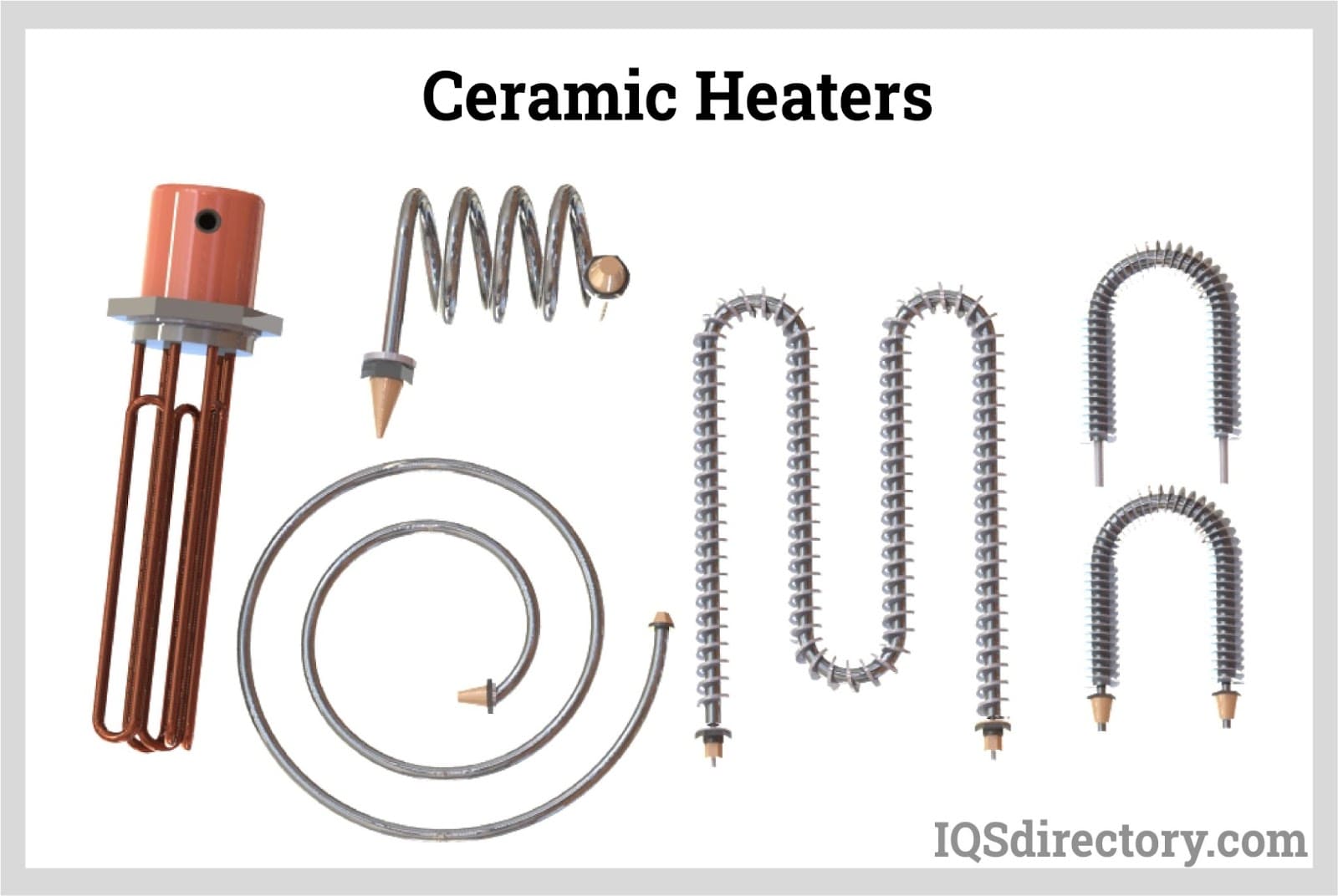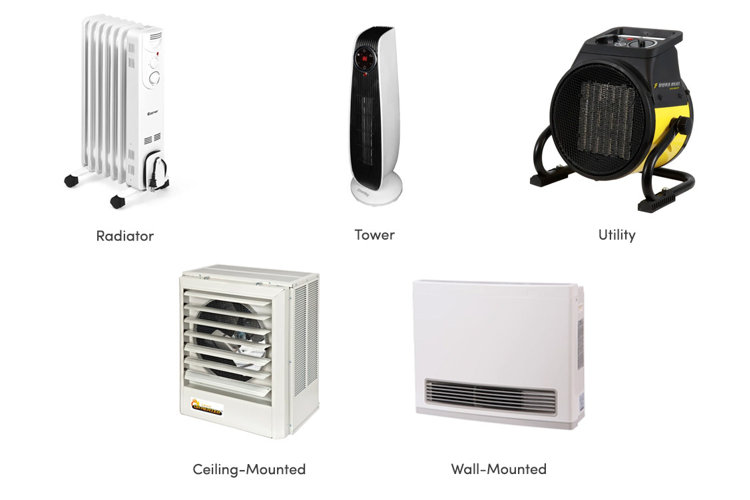1 Source Portable Air - Truths
1 Source Portable Air - Truths
Blog Article
Unknown Facts About 1 Source Portable Air
Table of ContentsThe Single Strategy To Use For 1 Source Portable AirThe Ultimate Guide To 1 Source Portable AirThe Ultimate Guide To 1 Source Portable AirEverything about 1 Source Portable AirLittle Known Facts About 1 Source Portable Air.
Running expenses are based upon a power rate of 40c/kWh. The expenses for 3 months' use in winter season are based upon 500 hours make use of, or approximately 6 hours each day for 3 months. Optimum warmth outcome is based on the maximum power level of the models we've examined (we concentrate on greater power level heaters).
This depends on what expense you're considering upfront acquisition, or running price? Customarily, there are compromises with either selection. On average, little fan heaters are more economical to acquire, however can have higher running prices. Oil column heating systems will be the cheapest on the marketplace to run (on average) yet just by a slim margin in advance of convection heaters (like panel and micathermic panels).
1 Source Portable Air Things To Know Before You Buy
If you have a reversible ceiling follower, it'll assist spread the warmth around the area more equally. The models in our electrical heaters examination usually variety in rate from well under $100 to over $900, yet we have actually discovered a higher price doesn't always suggest much better performance. A variety of costly heating units have failed to thrill our testers, while some less expensive designs produce surprisingly excellent buys.
As the name recommends, they emit warmth from a red-hot heating element (so the household will have to take turns resting in front of it). Glowing heating units are fairly affordable.
Glowing heaters typically set you back in between $20 and $200. Oil-filled column heating units do not really burn oil they use electrical energy to heat the oil that's secured inside their columns or 'fins'.
The Main Principles Of 1 Source Portable Air
Some column heating systems aren't also oil-filled however instead utilize various other product or heating technology to work the exact same method - 1 Source Portable Air. The danger of fire with an oil column heating unit is low contrasted to various other heating system kinds, yet never ever no. Oil heaters do not have actually subjected aspects like glowing heating units do, and their surface temperature level is reduced than several various other heater types (their huge surface area offsets it)
Oil column heating systems won't explode, and while they don't melt their oil to produce heat, it's still combustible, so there is a fire risk if the oil leaks, if the heating unit pointers over and leakages, or if flammable things or material enter into contact or fall on the heater. You need to exercise the same degree of caution with oil heating units when it comes to various other heating system types, and never ever hang towels or garments over one to completely dry them utilize a drying out shelf rather, at the very least one metre away.
Column heating units are specifically useful in rooms where they'll be activated for extended periods of time or where they'll run unattended, such as overnight in a bedroom. The surfaces you're likely to touch on a column heating system do not obtain as warm as various other sorts of electrical heating systems. You can use a ceiling follower on really low rate to aid the column heater check that to disperse the warmth much faster and much more uniformly.
If there's very little air motion (as an example, if you're resting analysis or viewing television), the heat may not be distributed equally. Oil-filled column heaters generally set you back in between $50 and $450. Convection and panel heating systems attract chilly air over an electric burner. The warmed up air after that leaves the heater and rises towards the ceiling, while cooler air relocate to replace it.
The Single Strategy To Use For 1 Source Portable Air

Convection and panel heaters are more portable than their oil-filled column heating system equivalents due to the fact that they're significantly lighter. They'll heat the air in an area equally and promptly. Like a column heater, you can use a ceiling fan on very reduced rate to disperse the heat faster and a lot more evenly. Some versions, specifically panel heating systems, are fairly pricey to get.

The Of 1 Source Portable Air
Fan heaters are typically smaller and a lot more portable than other electric heating systems. They also are available in the form of tower follower heating units, which can be better for distributing heat around larger rooms because her response of their taller account. They can heat up the air in an area a lot more quickly, evenly and swiftly than some other heating system types.
They can be fairly noisy with the follower on full power, though are generally reasonably silent at lower fan rates. Follower heating units (ceramic or otherwise) typically cost between $60 and $900. Ceramic follower heating units aren't always any type of various in price to non-ceramic models. A fairly recent entrant right into the customer market, infrared heaters heat up the room like the sunlight heats your face my latest blog post (without the UV rays so no danger of skin cancer cells). 1 Source Portable Air.
Report this page